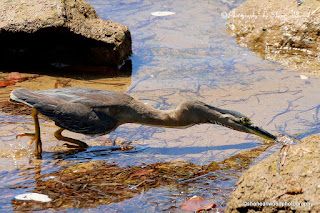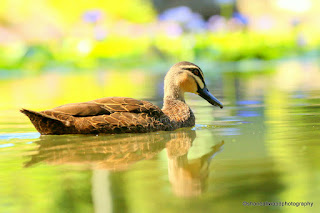Ipswich Bird life

If you have a love for birds, Ipswich is the definitely a place to visit, boasting 277 recorded species of different birds in the Ipswich Area. With such a diverse range of bird-life, it is hard to miss the opportunity to visit and see all different birds in the Ipswich area, ranging from Willy Wagtails that are regular visitors to the backyard gardens to Raptors that can be seen soaring high in the skies above. So pack your camera, your binoculars and grab something to eat, while I take you on a tour of Ipswich Bird life. There are so many wonderful locations to visit and view this amazing range of bird life in the Ipswich area. There are places where you can relax and enjoy nature within a 2 minute walk to Denmark Hill Conservation Park or a little more adventurous 30 minute drive to White Rock Conservation Area , where you can hike along the 3 km walk to White Rock viewing over a 130 different birds species all in the one location. There are so many more places in between,...






